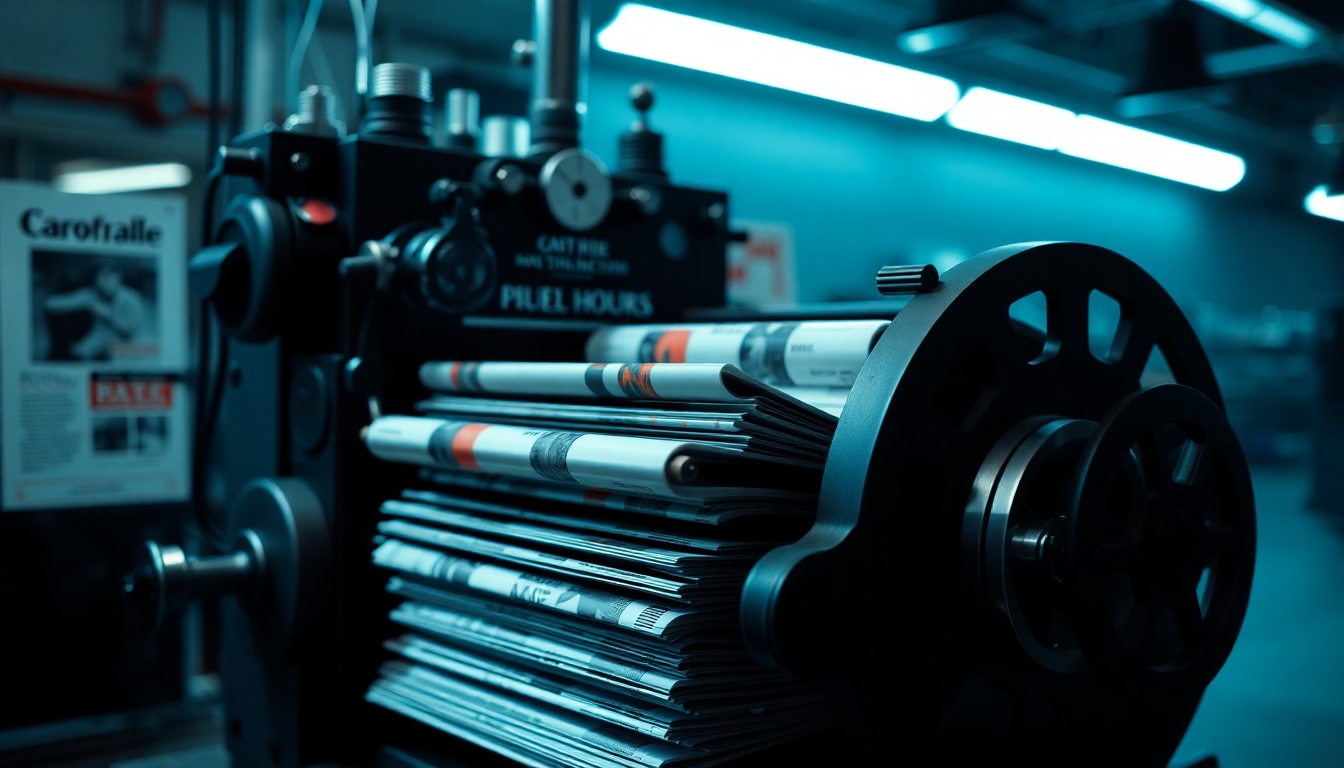 [This is from July 2015, but it’s still relevant.]
[This is from July 2015, but it’s still relevant.]
I read on my iPad every day, but the experience frequently reminds me how much better it can be to read a real book. Sooner or later, somebody is going to solve (at least some of) these issues on the digital side, and the experience will lean more heavily to the pro-digital side. But for now, here’s how things stand, IMO.
Why Print is Better
- Browsing a bookstore or library is a way better experience than browsing any online equivalent.
- It’s easy in a print book to flip to the index or some other page, and back to the page you were reading. In digital books, you leave your spot at your peril. It’s very easy to get lost.
- When you do lose your place in a print book, it’s far easier to find it again than it is in a digital book.
- #3 is partly because of the tactile sensation of the book in your hand, which gives you a lot more feedback than you think. The thickness of the pages you’ve read vs. the thickness of the pages yet to read; the position of the words on the page (left or right, top or bottom). Your mind makes a record of your location that’s based on more than just what you’re seeing.
- Studies have shown that people retain more of what they read in print. This is probably because of this multi-sensory experience explained in #4, including even the texture and smell of the paper. Memories are closely associated with other senses.
- If you want to review a book or blog about it, it’s so much easier to highlight things, attach a sticky note, scribble in the margins, etc., and it’s very easy to find those notes later. The disadvantage, of course, is that you then have to type them.
- Print is easier on the eyes than backlit displays. eInk displays are a big improvement, but I fear they might go away. The trend seems to be toward backlit screens. (What we really need is a device with both backlit and eInk screens.)
- You can get used print books, and they’re cheap. The “first sale doctrine” does not apply to a digital book, so you can’t buy a “used” digital copy. (What would that mean, anyway?)
The printed version — even a hardback — is often much cheaper than the eBook version. This is a big part of the reason students often prefer print books. Also, they can sometimes profit from the notes made by previous students. (Remember how Harry benefited from Snape’s potions book!)
- It’s much easier to quickly find what you want in a print book — especially something like a dictionary. And speaking of dictionaries, sometimes you know there’s a word that begins with per, or maybe pre, but you can’t remember it. You can find it in a print dictionary. Good luck finding it on dictionary.com.
- You don’t have to wait for a print book to boot up, and you don’t have to charge it. On the other hand, if you order it in the mail, you have to wait for it to arrive.
- It’s easier to lend (or borrow) a print book.
- There’s a vanity / signaling advantage to a printed book. Visitors to your home can glance through your shelves and see what kind of a person you are by the books you keep.
Digital does have some advantages
As you can see, my list of the advantages for print books is fairly long. But ebooks do have some advantages.
- You can carry around hundreds of books in one device.
- You can search the text of an eBook.
- You can buy an eBook and start reading it within a couple of minutes.
- References in an eBook can link directly to the other information.
- It’s possible to include other media in an eBook, like sound and video.
- eBooks don’t clutter up your house, or the waste system.
- You can read some ebooks in the dark.
My recommendations for eBook readers.
Many of the limitations I mention above are entirely solvable with better eReader technology. Some eReaders may already do some of these things, but they all need to.
- Add a “put my finger here” function, so that I can whip around anywhere I want in the ebook and quickly flip back to where I put my finger.
- Along the same lines, create a back button. It’s enormously frustrating to follow a link to a footnote, or an illustration, and not be able to get back to where you were.
- Make it easier to copy and paste text from the book into any other application. Some of the “sharing” options in eBook readers limit which applications you can use.
One annoying feature of electronic devices in general is that they try to guess what you will do and only give you those options. Somehow I’m always the guy who wants different options.
Adding a simple cut and paste option that can work across any app on the device would make it so much easier to blog about a book, or write a review.
- Create more visual clues to where you are in the book. We need more than a bar at the bottom that says 27% done. It might be a good idea to divide the book into sections and display a section icon on the side of the page.
- A lot more needs to be done with search in eBooks. For one thing, the keyboards on most eReaders (and devices that use eReader apps) are awful, but that’s not likely to get fixed until we come up with a completely new interface.
And — as I have mentioned — there’s getting back to where you were when you started searching.
- A printed book can include a fold-out map, or illustration. With an eBook, even though you can zoom in on things, you’re always limited to the size of the screen.
Why? Why not put a small projector on the eReader so you can display the map (or chart, or figure) on a wall, or a desk?
Lessons for publishers
There are two important lessons for publishers in all of this.
- If you have the capability, build an eBook reader that solves the problems I’ve mentioned.
- More importantly, don’t believe the radicals.
People made all sorts of predictions about the iPad and eReaders and digital books and such that look ridiculous now. eBooks did not eliminate printed books, and they don’t look like they’re going to any time soon. [Remember, I wrote this in 2015!]
Be sketical of what you hear from the forward thinkers, thought leaders and keynote speakers. They’re paid to say outlandish things.




